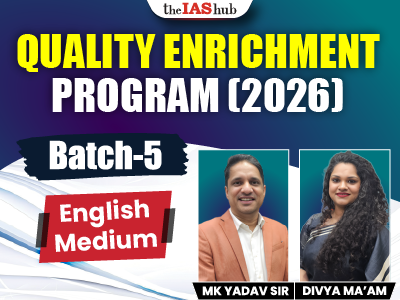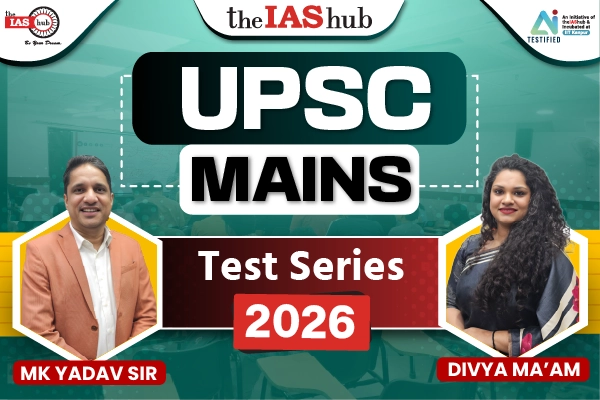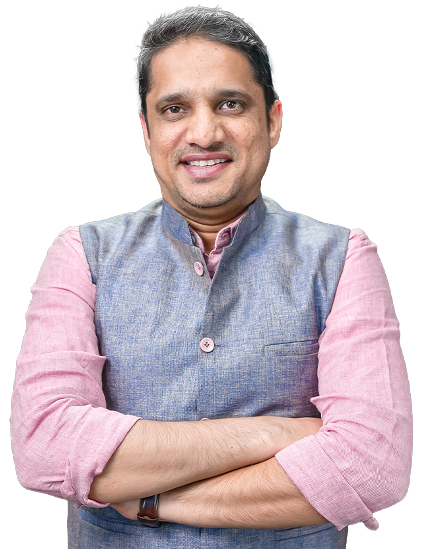Preparing for UPSC Prelims? Master Art and Culture PYQ UPSC Prelims with this guide. Analyze previous year Art and culture questions, learn key trends, and find resources to download Art and Culture PYQ UPSC Prelims PDFs.

The UPSC Prelims exam tests your knowledge of India’s rich art and culture. One of the best ways to prepare is by studying Art and Culture PYQ UPSC Prelims (Previous Year Questions). These questions help you understand patterns, focus areas, and the depth of knowledge required.
UPSC repeats themes, even if exact questions don’t reappear. By reviewing Art and Culture PYQ UPSC Prelims, you learn:
For example, a previous year Art and culture question asked about the differences between Bharatanatyam and Kathak. Such questions demand clear, factual answers.
| Year | History | Art & Culture |
| 2013 | 16 | 9 |
| 2014 | 20 | 10 |
| 2015 | 17 | 3 |
| 2016 | 15 | 3 |
| 2017 | 14 | 5 |
| 2018 | 22 | 7 |
| 2019 | 17 | 3 |
| 2020 | 20 | 4 |
| 2021 | 10 | 5 |
| 2022 | 14 | 4 |
| 2023 | 14 | 5 |
| 2024 | 03 | 5 |
Also Read: UPSC Prelims PYQs
Analyzing Art and Culture PYQ UPSC Prelims reveals these recurring themes:
A download Art and Culture PYQ UPSC Prelims PDF will show these trends clearly.
Also Read: Books for UPSC
Many websites offer compiled Art and Culture PYQ UPSC Prelims papers. Follow these steps:
Always verify sources to avoid outdated or incorrect material.
Also Read: Constitutional bodies in India
(a) Kavyalankara
(b) Natyashastra
(c) Madhyama-vyayoga
(d) Mahabhashya
(a) Prajnaparamita Sutra
(b) Visuddhimagga
(c) Sarvastivada Vinaya Sain
(d) Lalitavistara
Select the correct answer using the code given below:
(a) 1 only
(b) 2 and 3 only
(c) 1, 2 and 3
(d) None of the above are epithets of Gautama Buddha
| Archaeological Site | State | Description | |
| 1. | Chandraketugarh | Odisha | Trading Port town |
| 2. | Inamgaon | Maharashtra | Chalcolithic site |
| 3. | Mangadu | Kerala | Megalithic site |
| 4. | Salihundam | Andhra Pradesh | Rock-cut shrines |
In which of the above rows is the given information correctly matched ?
(a) 1 and 2
(b) 2 and 3
(c) 3 and 4
(d) 1 and 4
Which of the statements given above is/are correct?
(a) 1 only
(b) 2 only
(c) Both 1 and 2
(d) Neither 1 nor 2
Also Read: UPSC Prelims Syllabus
(a) Andhra
(b) Gandhara
(c) Kalinga
(d) Magadha
How many of the statements given above are correct?
(a) Only one
(b) Only two
(c) All three
(d) None
(a) capital cities
(b) ports
(c) centres of iron-and-steel making
(d) shrines of Jain Tirthankaras
(a) Kings employing women bodyguards.
(b) Learned persons assembling in royal courts to discuss religious and philosophical matters
(c) Young girls keeping watch over agricultural fields and driving away birds and animals
(d) A king defeated in a battle committing ritual suicide by starving himself to death
How many of the above dynasties established their kingdoms in early eighth century AD?
(a) Only one
(b) Only two
(c) Only three
(d) None
| Literary work | Author | |
| 1. | Devichandragupta | Bilhana |
| 2. | Hammira-Mahakavya | Nayachandra Suri |
| 3. | Milinda-panha | Nagarjuna |
| 4. | Nitivakyamrita | Somadeva Suri |
How many of the above pairs are correctly matched?
(a) Only one
(b) Only two
(c) Only three
(d) All four
The above statement reflects one of the core beliefs of which one of the following religious sects of ancient India?
(a) Buddhism
(b) Jainism
(c) Shaivism
(d) Vaishnavism
(a) Devaraya I
(b) Mallikarjuna
(c) Vira Vijaya
(d) Virupaksha
| Site | Well known for | |
| 1. | Besnagar | Shaivite cave shrine |
| 2. | Bhaja | Buddhist cave shrine |
| 3. | Sittanawasal | Jain cave shrine |
How many of the above pairs are correctly matched?
(a) Only one
(b) Only two
(c) All three
(d) None
Also Read: Sociology optional syllabus
| Site of Ashoka’s major rock edicts | Location in the State of | ||
| 1. | Dhauli | — | Odisha |
| 2. | Erragudi | — | Andhra Pradesh |
| 3. | Jaugada | — | Madhya Pradesh |
| 4. | Kalsi | — | Karnataka |
How many pairs given above are correctly matched?
(a) Only one pair
(b) Only two pairs
(c) Only three pairs
(d) All four pairs
(a) Sangam poems are devoid of any reference to material culture.
(b) The social classification of Varna was known to Sangam poets.
(c) Sangam poems have no reference to warrior ethic.
(d) Sangam literature refers to magical forces as irrational.
(a) Akbar
(b) Humayun
(c) Shahjahan
(d) Aurangzeb
(a) The best means of salvation was devotion.
(b) Vedas are eternal, self-existent and wholly authoritative.
(c) Logical arguments were essential means for the highest bliss
(d) Salvation was to be obtained through meditation.
Select the correct answer using the code given below:
(a) 1 and 2 only
(b) 2 and 3 only
(c) 1 and 3 only
(d) 1, 2 and 3
Which of the above are Jaina texts?
(a) 1, 2 and 3
(b) 2 and 4 only
(c) 1, 3 and 4
(d) 2, 3 and 4
| Historical person | Known as | ||
| 1. | Aryadeva | — | Jaina scholar |
| 2. | Dignaga | — | Buddhist scholar |
| 3. | Nathamuni | — | Vaishnava scholar |
How many pairs given above are correctly matched?
(a) None of the pairs
(b) Only one pair
(c) Only two pairs
(d) All three pairs
Which of the statements given above are correct?
(a) 1 and 2 only
(b) 2 and 3 only
(c) 1 and 3 only
(d) 1, 2 and 3
Also Read: International Organisations
Start with Class XI and XII NCERT books on Indian art and culture. They cover basics well.
Summarize previous year Art and culture questions topic-wise for quick revision.
Charts and maps help remember temple locations, dance forms, and heritage sites.
Art and culture rely on facts. Frequent revision prevents confusion.
After studying, solve Art and Culture PYQ UPSC Prelims to check retention.
Are you preparing for UPPCS Mains 2024? Join IAShub’s UPPCS coaching batches to boost your preparation. Enroll now!
Are you preparing for UPSC 2025? Join IAShub’s UPSC coaching batches to boost your preparation. Enroll now!
Art and Culture PYQ UPSC Prelims are a goldmine for aspirants. They reveal UPSC’s focus areas and help refine preparation. By analyzing previous year Art and culture questions, you gain confidence and precision.
For easy access, download Art and Culture PYQ UPSC Prelims papers from reliable sources. Combine this with structured study, and you’ll tackle this section with ease.
They help identify recurring themes, understand question patterns, and improve speed and accuracy for the UPSC Prelims exam.
Visit the UPSC official website or trusted portals like ClearIAS and ForumIAS to download past papers.
Common topics include temple architecture, classical dances, folk arts, UNESCO sites, and ancient literature.
They help you practice question framing, manage time, and identify frequently tested areas, making your preparation more targeted.


Refine your answer writing skills and elevate your UPSC preparation with personalized support and expert feedback.
Fill out the form to get started with the program or any other enquiries !








Are you dreaming of becoming an IAS officer? Then, IAShub can be your best guide. It is one of the Best IAS Coaching in Delhi. Many students who want to clear the UPSC exam join IAShub for learning. The institute gives both online and offline classes. Their teachers are experienced and helpful. They easily explain every topic. Students also get notes, tests, and tips to do well in the exam.
IAShub is in Delhi and is trusted by many UPSC students. It offers coaching for every part of the UPSC exam – Prelims, Mains, and Interview. The classes are simple and easy to understand. The teachers are experts and guide students in the right way. IAShub is also known for its helpful notes, test series, and answer-writing practice. IAShub is the best coaching in Delhi and also gives UPSC Online Classes. This helps students from any place in India to learn. The online classes are live and also recorded. So, students can watch them anytime. These classes cover the full UPSC syllabus.
Here are some important services provided by IAShub:
The UPSC Civil Services Exam has three parts:
This exam is tough, but with the right guidance, it becomes easy to manage. Students must study smart and stay regular.
IAShub supports students from the beginning to the end. It gives the right books, tests, and notes. The classes are easy to follow, and the teachers are always ready to help. Students get personal doubt sessions too. The test series and answer checking help students learn where they need to do better. Also, free study materials save time and money.
IAShub also guides students during the final stage – the interview. Experts take mock interviews and give useful tips. This full support makes IAShub one of the best IAS coaching in Delhi.
